Written by Michelle Partridge-Doerr, Public Health
You might not always notice it, but public health is working hard behind the scenes to keep our communities safe, healthy and thriving. From tracking disease outbreaks to promoting safe food practices, it’s a safety net that’s always there, — even if you don’t realize it.
There are 10 essential public health services that touch nearly every part of daily life: where we live, work, play and learn.
10 Essential Services of Public Health:
1. Monitoring Community Health
Public health regularly collects and reviews local health data. One of the major ways the department does this is through Community Health Assessments, which are detailed looks at individuals’ health status, community needs, strengths and challenges.
These assessments include input from residents and community partners through surveys, focus groups, forums and advisory committees. The insights help shape local planning, policies and how resources are distributed. Curious about what we’ve learned over the years? Take a look at past reports!
2. Investigating Health Issues and Hazards
Epidemiologists are the experts who help us understand what’s happening when something unusual pops up, like a sudden increase in illnesses or a new health threat. They dig into the data to figure out the “why” and “how” behind these changes.
Although epidemiologists had a rare spotlight during the COVID-19 pandemic, their work has not slowed down. They continue to track illnesses in our community and put together weekly respiratory illness reports with data on illness activity and emergency department visits.
3. Communicating Health Issues
When it comes to your health, knowledge really is power. A big part of the work Public Health professionals do is inform, educate, and empower people about their health – especially during emergencies or disease outbreaks. That could mean putting out news releases, joining media interviews, meeting with community leaders and partners such as local hospital systems, and attending community events.
4. Partnering with the Community
We recognize that the people who are most effective at driving positive changes in a community are the community members themselves. That’s why we focus on building relationships that strengthen, support and mobilize local organizations, businesses, groups and leaders. Like our annual Give Kids A Smile Day event, which showcases our important partnership with Central Piedmont Community College.
5. Shaping Policies that Support Health
Did you know our Board of County Commissioners also acts as the Board of Health? They are our best connection to state and federal policymakers and legislators and help us establish rules that improve the public’s health and safety.
6. Making Sure Health Rules are Followed
Policies and laws that promote safe health practices are only effective if they’re enforced. That’s where our environmental health specialists come in. Whether it’s inspecting restaurants, pools, or tattoo shops, they make sure the rules designed to keep us safe are being followed. These inspections are essential for ensuring public health standards are upheld.
7. Connecting You to Care
Access to health care isn’t just about the closest hospital. It also depends on factors like age, location, financial situation, ability to travel and language. Local health departments offer affordable services and resources to those with limited access to care. For example, we have mobile health units that bring care directly to the community.
8. Growing a Skilled, Caring Workforce
It takes a team of passionate professionals to do this work: nurses, epidemiologists, administrators, and many others. Meet one of our senior administrative support assistants for the Children’s Developmental Services Agency in Public Health. These assistants support families who have children from birth to age 3 who have developmental delays or are at risk for problems with their development.
9. Making Programs Better Every Year
The health programs in Mecklenburg County are based on research and proven success. One example is our Safe Routes to School program. It creates opportunities for children to increase their daily physical activity by safely walking, biking, or rolling to, from or at school. This program was adapted from a statewide initiative and tailored to meet the needs of our community. Ongoing evaluation is built into the program to ensure its continued success.
10. Maintaining the Public Health Foundation
Public health has a strong foundation built on hundreds of years of research, reporting and service.
Here in the and across the world, it’s essential to invest in the infrastructure that supports vital public health work. One way we do that is by securing funding like the Ryan White HIV/AIDS Program Parts A and B grant, which supports our life-saving work to care for community members who are living with HIV.
Bottom line?
Public Health is always there, quietly making sure you and your neighbors are protected and supported. So the next time you see a public health worker, thank them for making you, your family and our community their mission every day!
